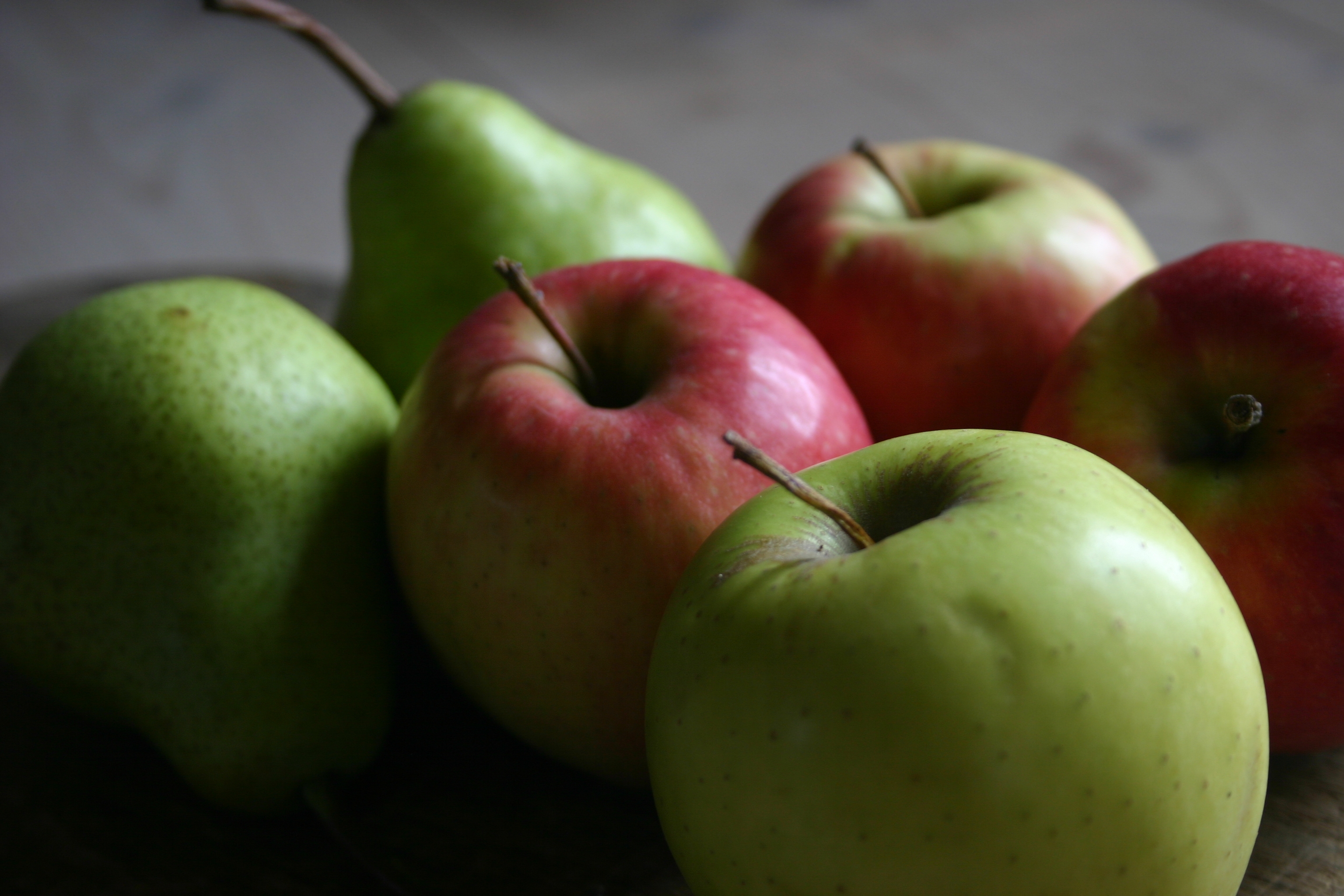Quality and shelf life of apples and pears can be predicted
The dry matter content of apples and pears gives a clue to their potential quality and shelf life several months before they are picked. This allows the fruit grower to act timeously in order to improve the product.

Can you divine from the young pears and apples growing on trees in mid-summer whether they will grow into delectable and robust fruits when they are ready to be picked in the autumn? The short answer to that is yes, based on new research from Aarhus University. With a quality check early in the season, fruit growers can adjust watering, fertilisation and pruning of the roots, so the quality can be improved in a timely, targeted and effective way.
- Fruit growers normally estimate eating quality and shelf life of the fruits they produce by measuring, among other things, the firmness and soluble dry matter content. In recent years, the measurement of total dry matter content has attracted increasing interest – not least because the dry matter content can be affected by growing conditions and cultivation techniques, explains PhD student Sylvia Travers from Aarhus University. She has investigated whether the quality of apples and pears can be predicted at an early stage in the growth cycle from analyses of dry matter content and how cultivation techniques can affect the dry matter content of the fruit.
A higher dry matter content in the apple or pear means that the flavour is more concentrated – but with no loss of juiciness. A higher dry matter content can also lead to a longer shelf life. The studies showed that differences in fruit dry matter content are detectable as early as July, several months before harvest. These differences are maintained throughout fruit development.
Timely intervention made easier
If fruit growers discover early in the growing season that the dry matter content of the fruits is on the low side, they can make use of various techniques to remedy this. One of them is the pruning of the upper tree roots. The pruning inhibits tree growth.
When the roots are pruned, the tree concentrates its efforts on producing fruit with a higher dry matter and sugar content. The PhD study showed that root pruning is the cultivation measure that has the largest impact on fruit dry matter content and size.
The disadvantage is that the fruits grow smaller. This is because the absorption of water and nutrients from the roots is reduced. The reduction in size can be partially offset by watering and fertilisation. By monitoring the development in fruit dry matter, the fruit grower can prune roots, water and fertilise in a timely manner and only when and where it becomes necessary.
Handheld technology
It would be even better if the fruit grower could measure the dry matter content in a non-destructive way. The researchers examined whether the so-called NIR technology could be used to get an inside view of the fruit on the tree and thereby predict its quality and shelf life at an early stage without destroying the fruit.
- We could show some good correlations between NIR measurements and fruit dry matter content and made some good models. The measurement method has potential, but there are still some technical challenges. Among other things, the method needs to be suitable for measuring on a large scale. In the longer term, the idea is to develop a portable solution that fruit growers can carry around with them in the orchard, says Sylvia Travers.
Measuring the fruit dry matter content in an efficient and non-destructive manner could potentially also be used for predicting the point of optimal maturity and for the sorting of fruit for storage.
The study was part of the project Sustainable future for Danish fruit which is funded by the Food and Plan Denmark.
For further information:
Senior researcher Marianne G. Bertelsen, Department of Food Science, e-mail: marianne.bertelsen@agrsci.dk, telephone: +45 8715 8328
